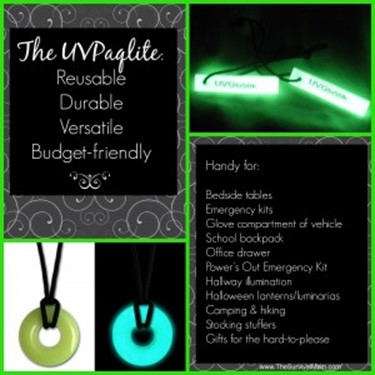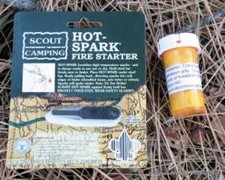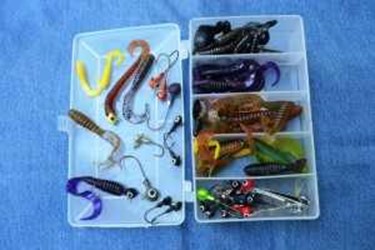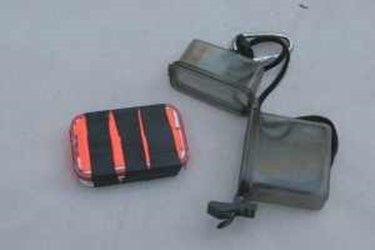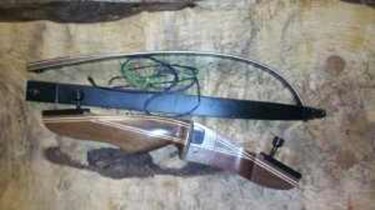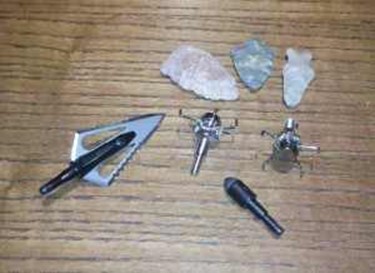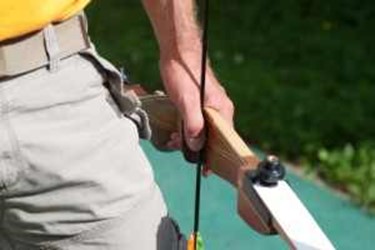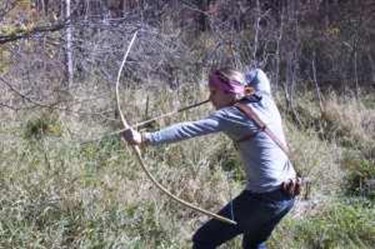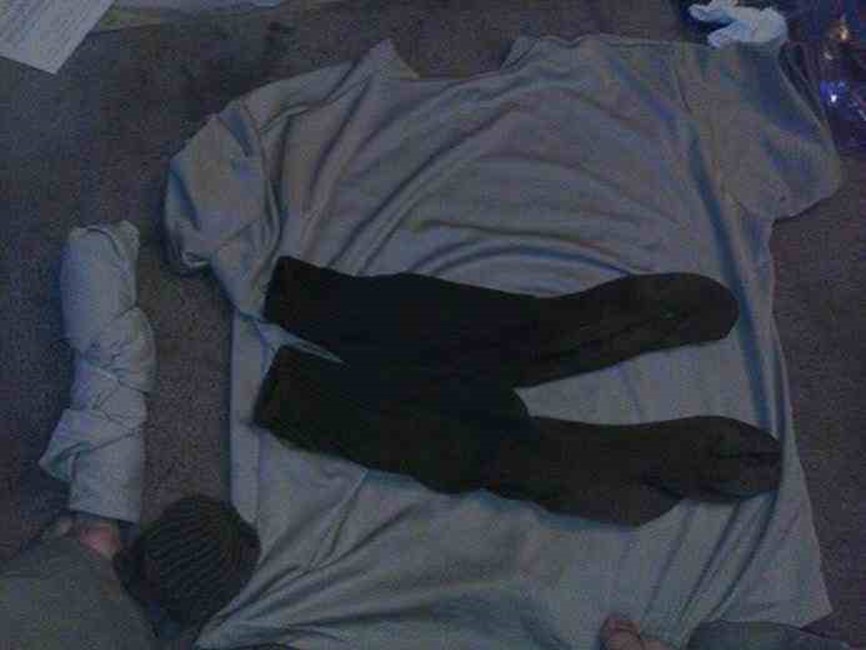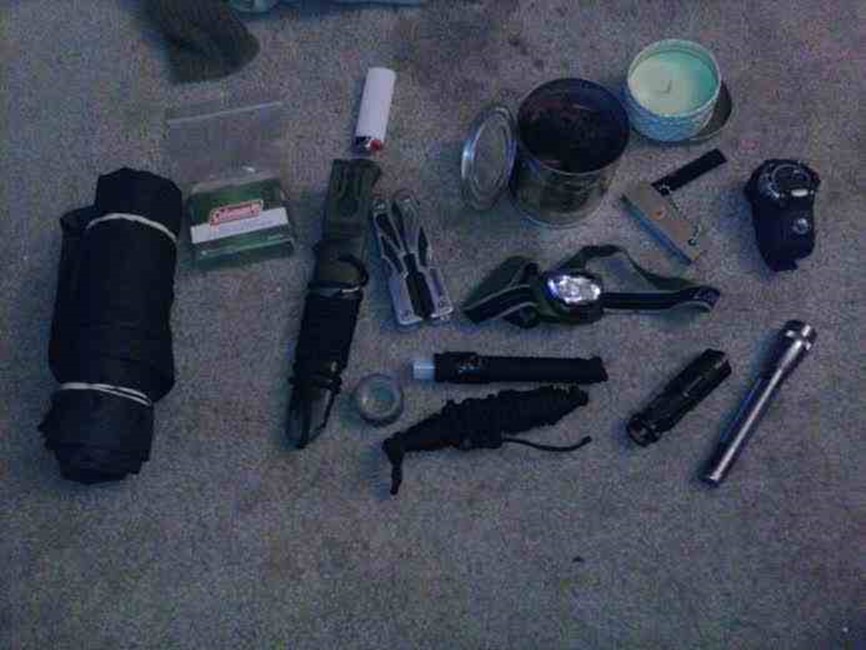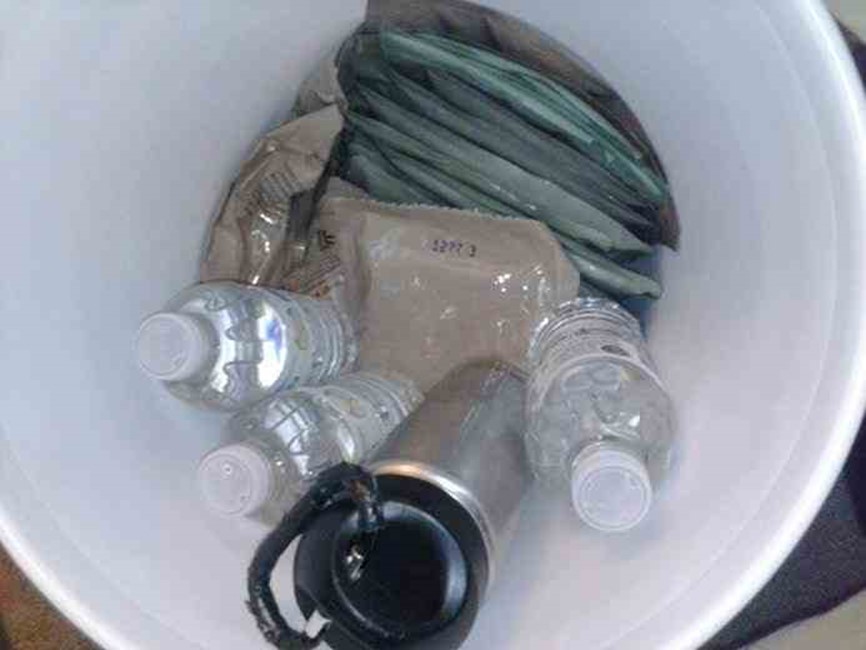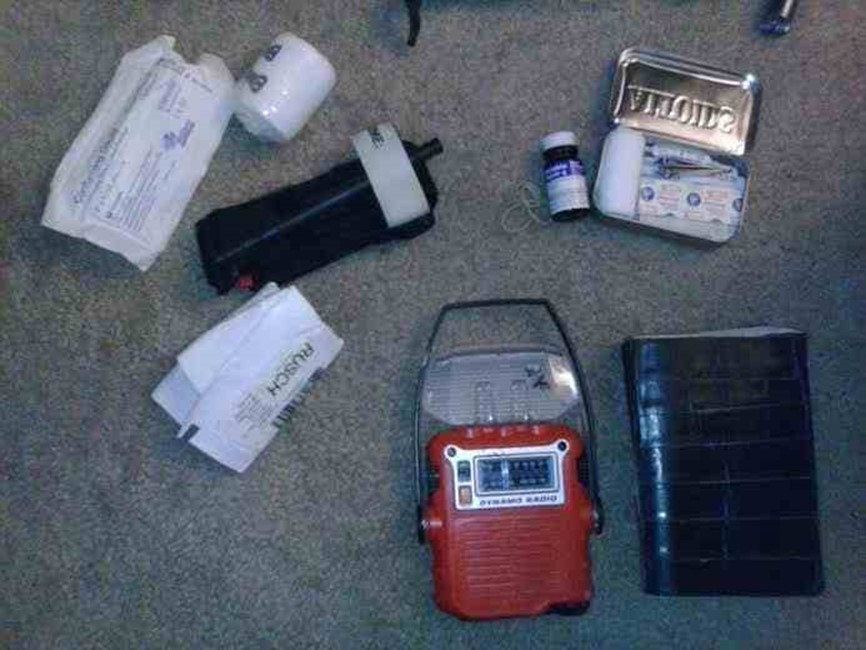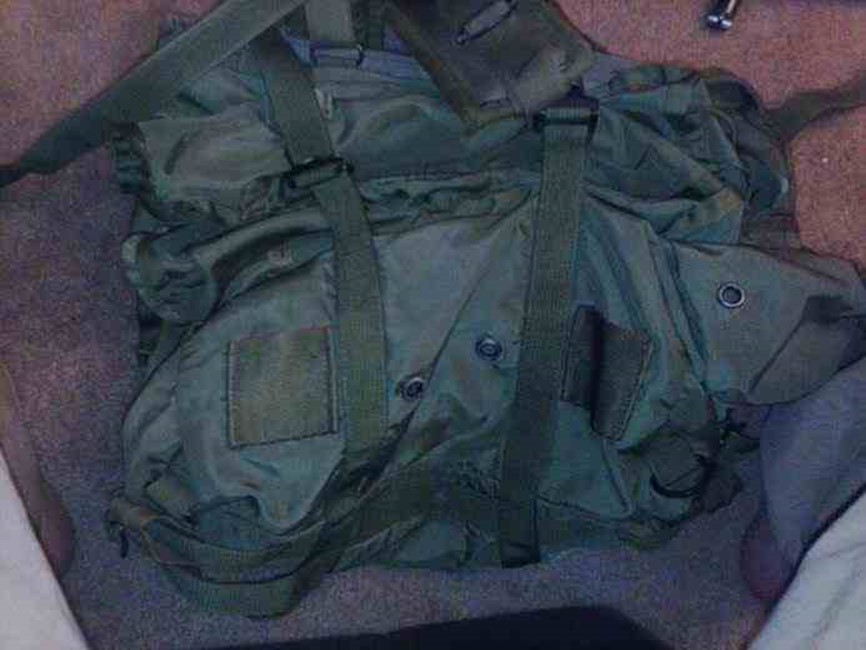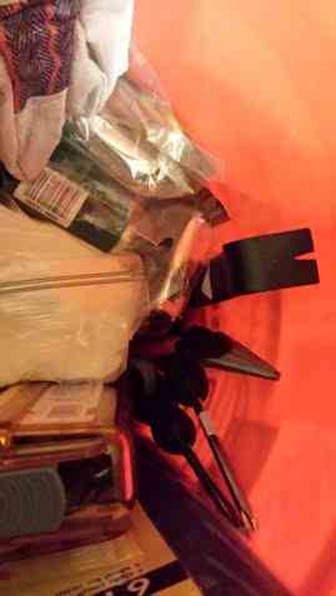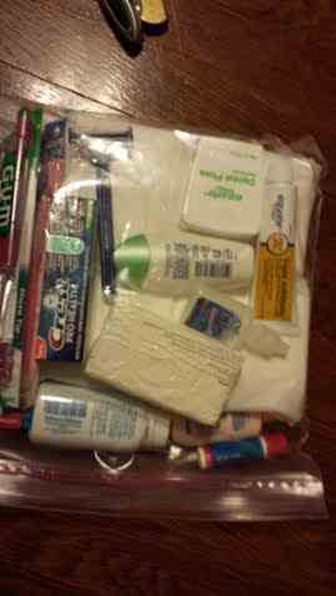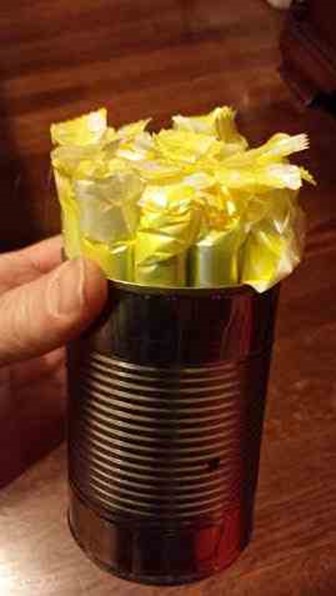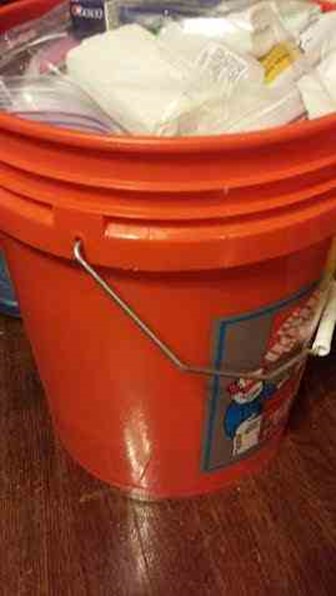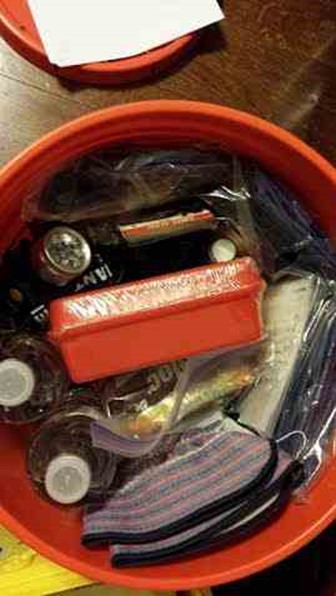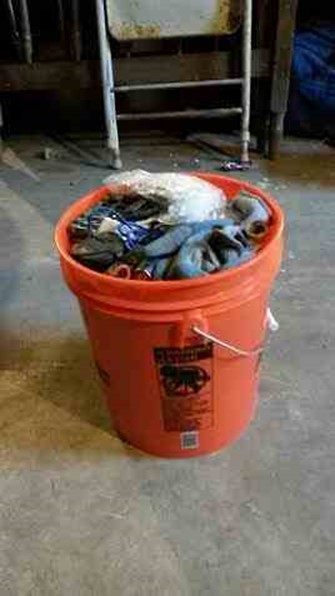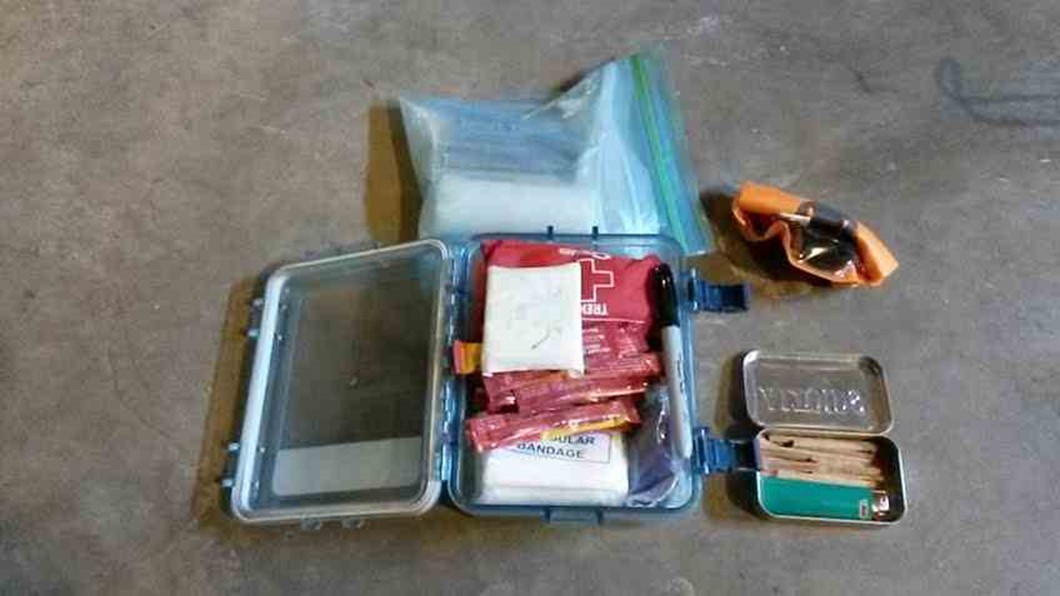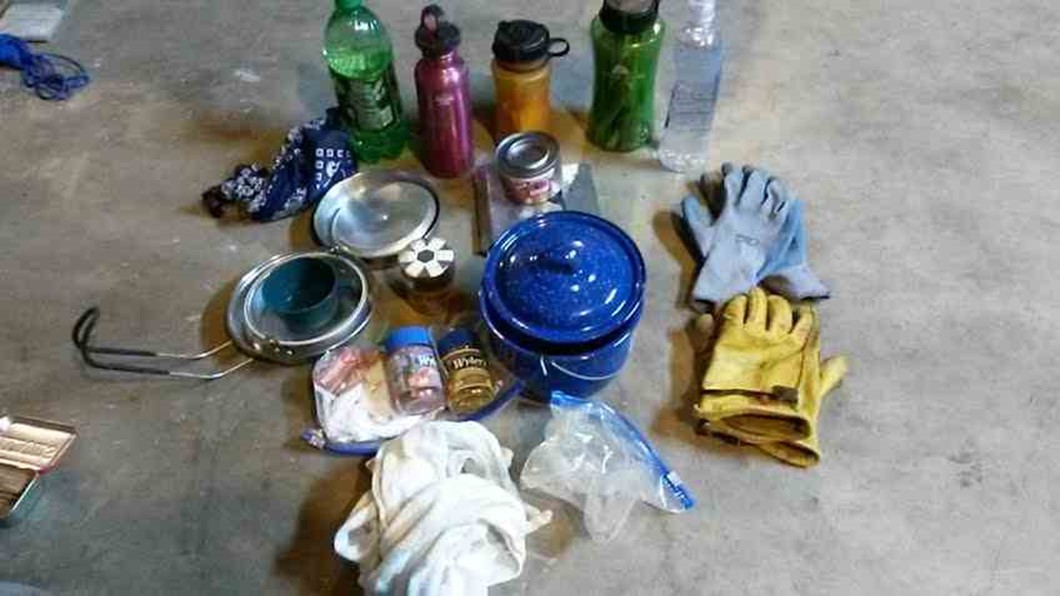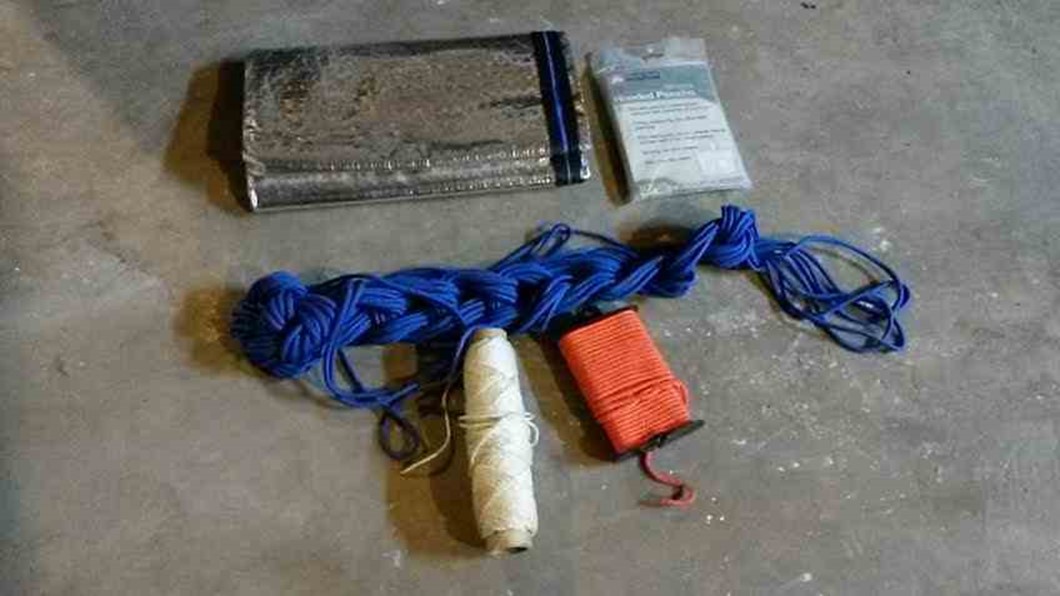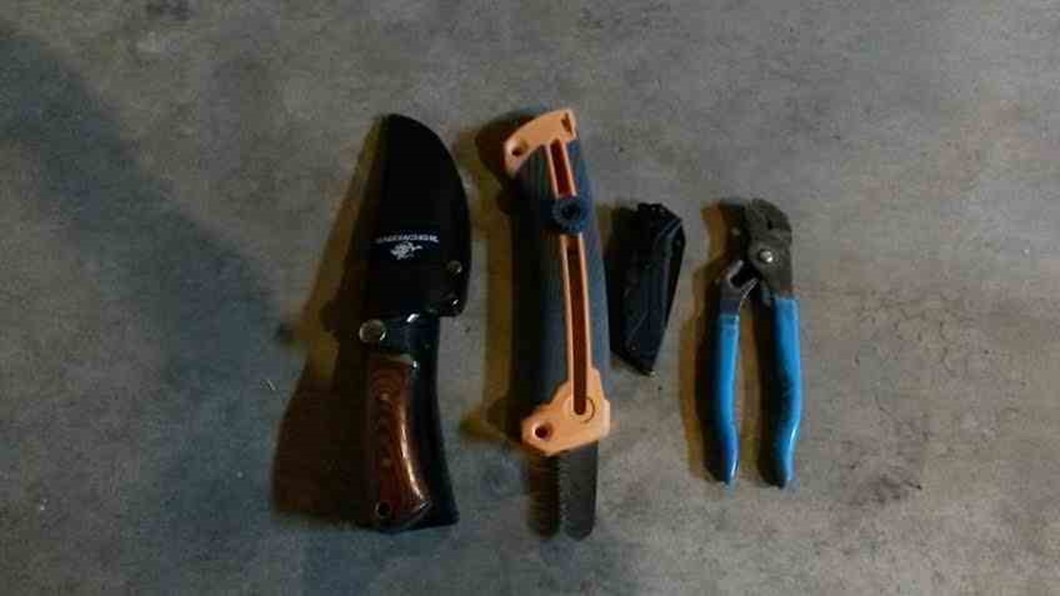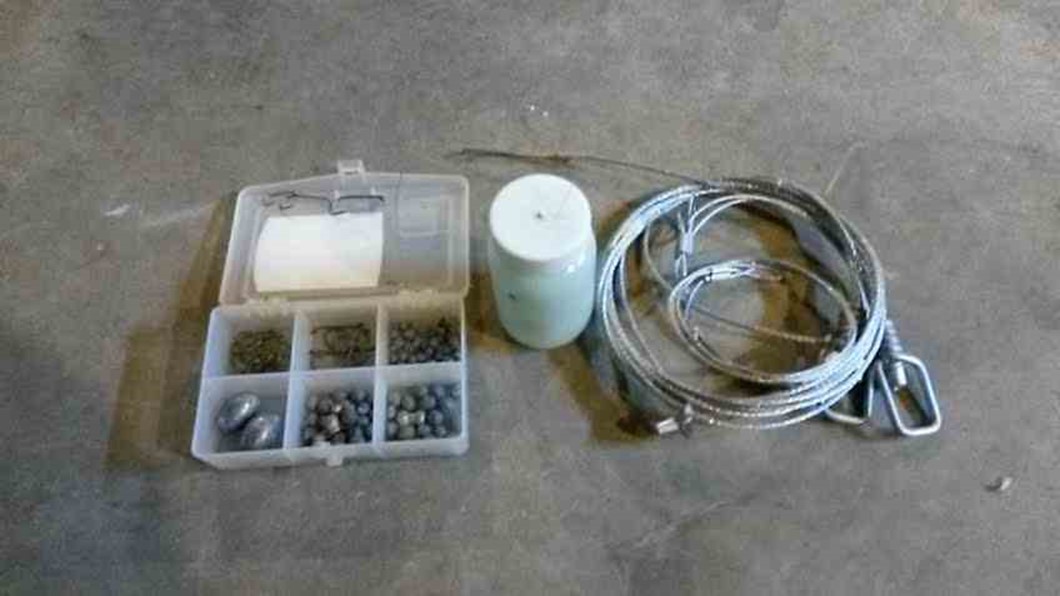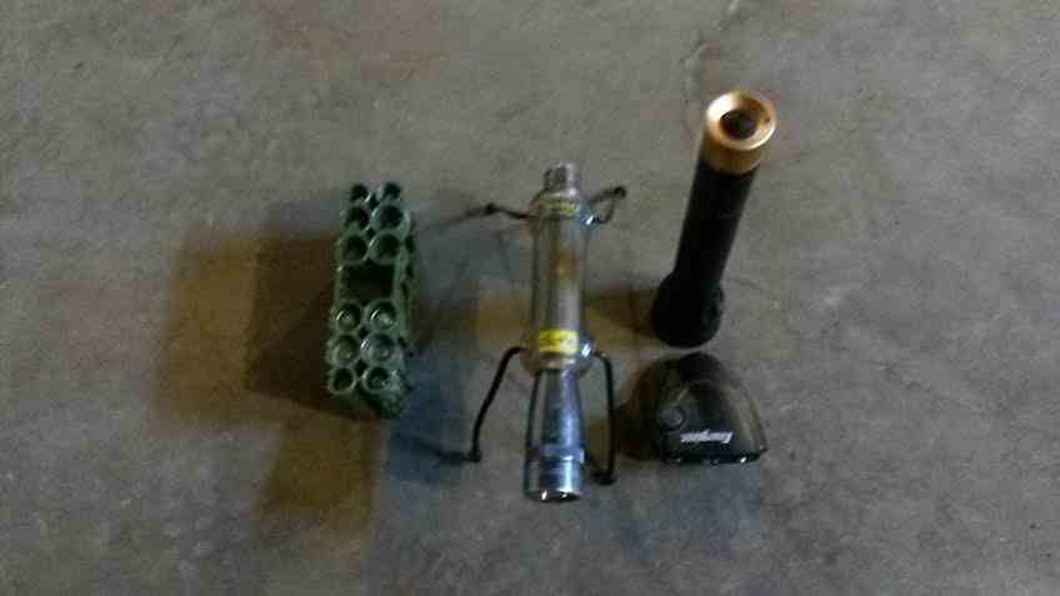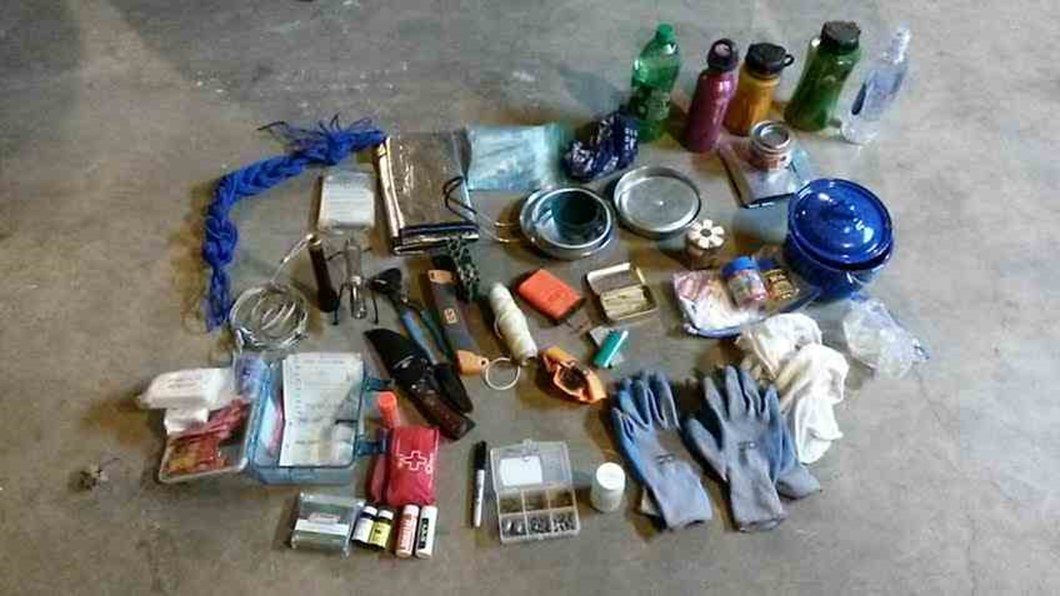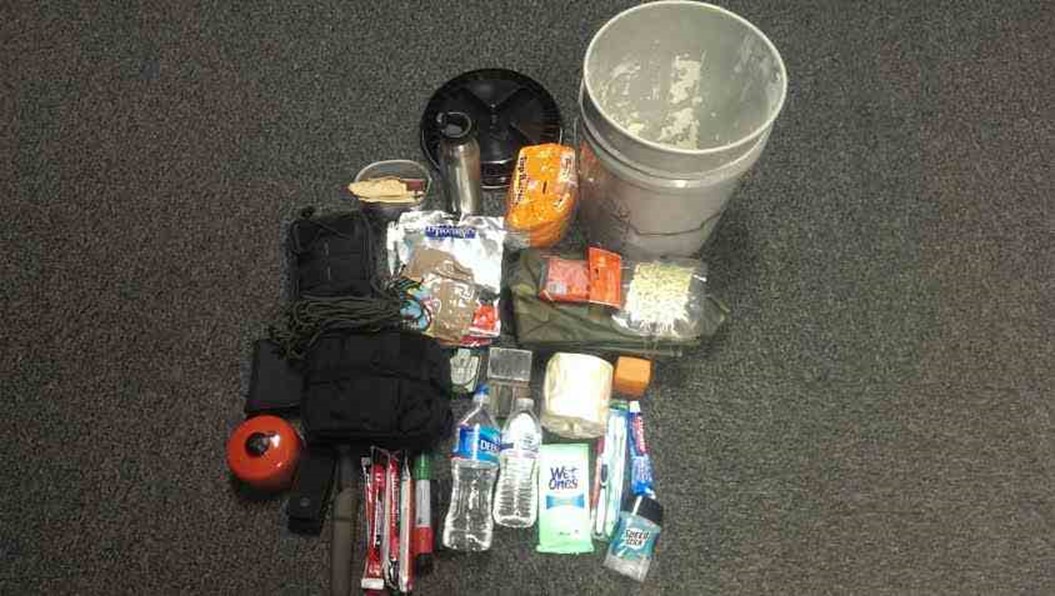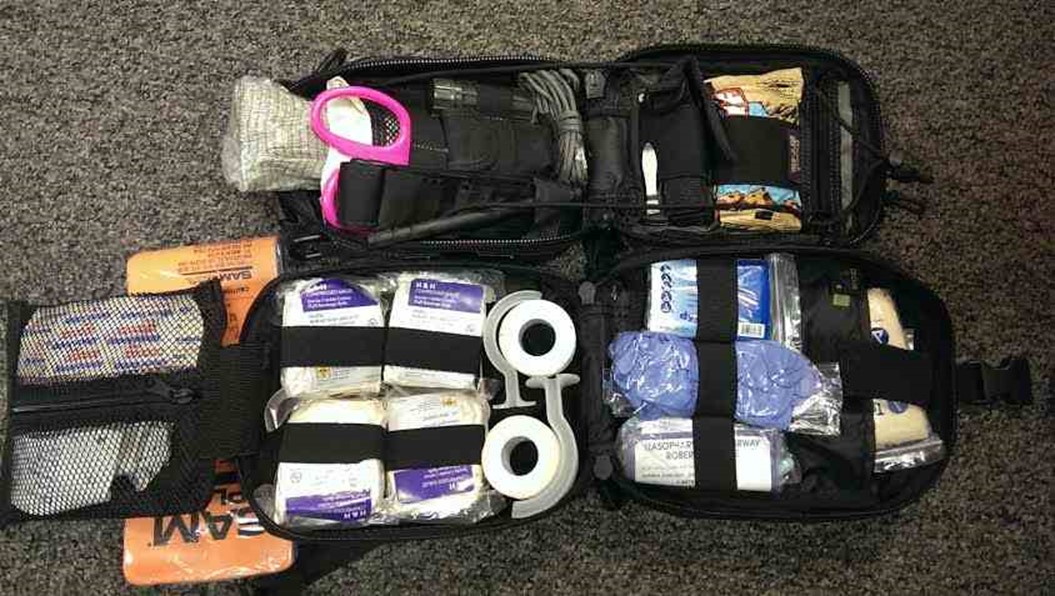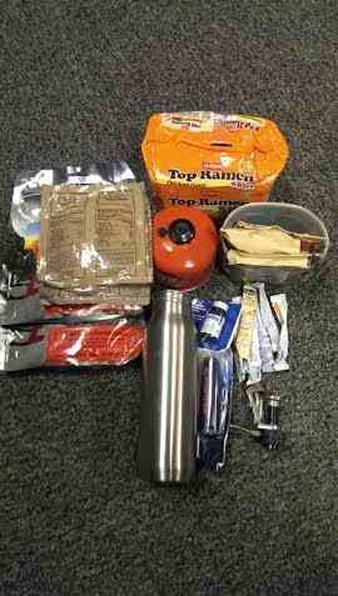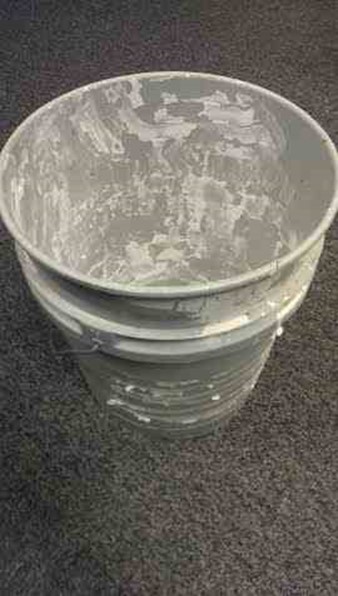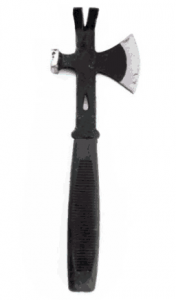Hello Everybody. A reader just sent me this question:
Question: I am an over-the-road trucker, the wife is a housewife. My SHTF concerns should be obvious, what if I am 1,000 + miles from home when IT hit the fan. I have my ruck and 1st aid bag on the truck always, my big concern is how to cover a lot of distance quickly, safely in a worst case scenario. At 57, I don’t have the stamina of yesteryear and I fear getting home to Mrs. Army may not be possible and that is where you and your blog followers come in: While I am certain I could get home in most cases, extreme cases might make it impossible to simply drop the trailer and truck. Perhaps your followers might have some thoughts/angles that I haven’t considered to this point. I am considering the purchase of a bicycle, though finding the funds might be a trick by itself. I am willing to listen to any reasonable idea.
—–
This is one of those questions that I’ve heard repeated in one form or another over the years. Most of us only have to worry about getting home somewhere between 10 and 50 miles on a normal day’s commute. I personally have between 20 and 30 miles to get home if the balloon goes up and I think about it fairly often. But at one point I was a consultant travelling all around the country and was actually stranded in Louisiana during the 911 crisis. All flights were cancelled and I was stuck in the south. Luckily I was able to rent a car and drive to my next assignment, which was about 400 miles north, but the point was that there was alternate transportation.
First of all – Don’t Panic! It’s liable to be scary and confusing, but if you keep calm and think you’re fives steps ahead of the pack.
One of the most important things you can have on you when TSHTF – in my opinion – is money. There’s that brief golden period of time where people probably won’t realize what’s going on. If the power is out chances are good your credit or debit card won’t be accepted, but if you have a thousand dollars (or more) in cash on you that means you have some bargaining power. You’ll likely have a small period of time where you can buy some items you need in order to help you get home. Maybe you can rent a car or buy an old junker and enough gas to get you on the right path. Maybe you can pick up a long gun if you’re in a state where you can just walk in and buy something at Walmart. Never underestimate the power of greed under emergency conditions.
If you’re already got a BOB or GHB with you a good deal of your initial security is taken care of. The only thing you might have to worry about is physical security. If desperate people see a well equipped guy or gal walking down the road they might decide to help themselves to your goods. This means you’ll have to know how to move through an urban or suburban area quietly, but that’s a different post. As a matter of fact Road Warrior (and maybe me) is going to be attending a class soon on how to do just that.
Now, carrying $1000 in cash around on you all the time could make you a target if you get careless, so don’t flash the cash! Don’t even talk about it. If you’re a trucker hide the money somewhere and forget it’s there until you actually need it. Like Dave Ramsey says, an emergency doesn’t mean that you’re out of pizza money. This is to get your ass home in an emergency.
How to amass such a fortune if you’re living pay check to pay check? The easiest way is to put a little aside every pay day until you have the money saved up. Years back I used Dave Ramsey’s debt program to get rid of my credit card debt. It requires a lot of discipline, but it can be done.
Scenarios Will Differ
How you react will depend on many different factors. What’s the nature of the disaster/event? Currency crash? Solar flare? War? Nuclear blast? Terrorist attack? And where you are will also make a difference. If I’m in California and there’s a solar flare and I need to get home to my family in Maine, I’m in a for a long haul if there are no working vehicles. Then again if I’m in Ohio and there’s an economic crash maybe I can get to a Hertz and rent a car with the money I have on me. What if they’re charging $20 a gallon for gas? Bargain! Fill ‘er up, baby. I’m going home. That’s where the money might come in handy. At that point I’m 20 hours of driving away from home. Every minute I spend behind the wheel is less miles I have to put on my shoes if I run out of gas or can’t keep driving for any reason. If my GHB has three days of food and some water and a filter that’s less money I have to spend on those essential items and more resources I can put into transportation.
Another scenario will deal with getting home during an emergency if you’re out of country. Imagine a huge hurricane coming and you’re trapped at the airport. Or a tsunami. Not a fun way to spend your time if TS is about to HTF eh?
Alternative
Modes
of Transportation
If you’re stranded 1000 miles from home the first thing you’ll want to do is look for transportation home. If you’re an over the road trucker maybe your rig is your best friend at that point. Turn those big wheels towards home and don’t stop until you roll into the driveway. You might also want to stop and see if anybody needs a ride at a truck stop or restaurant. It sure couldn’t hurt to have an extra set of eyes to help you during any kind of emergency that’s going on. You’ll have to do the best you can to make sure the person won’t be more dangerous than the situation you’re in though.
Alternative modes of transportation could include: hitching a ride, plane, train, helicopter (think big here!) boat, jet ski… you get the idea. Some forms of transportation will be more viable than others of course, but don’t be afraid to ask around. Then of course there’s the manual forms of transportation such as walking, or riding a bike. Hell, if you’re comfortable with animals maybe you could get a horse and get home that way.
A bike is probably the best method of non-motorized transportation, but you do need to be in shape to use it. Don’t expect to roll the bike out and pedal you and your GHB 1000 miles in record time if you haven’t been on a bike in years.
If your vision of getting home includes something like they portrayed in “The Road”, then you’ll also have to think about security as well. If you’re out there by yourself the best form of security is simply not to be seen. This means staying off the roads as much as possible and making your way over land. Very difficult to do under normal circumstances much less during a crisis of some kind.
This is a tough question no matter how you look at it. It’s tough to carry any kind of weapon over state lines, so be careful how you go about it. Society as of this moment is still civilized (arguably) and it’s a good idea to conform to state and federal laws. It won’t do you much good if you’re in jail when the fur flies because you were caught carrying your side arm illegally.
Some responses:
————————
There are a lot of different variables here, time of year (freezing cold – blazing desert heat ?) Giant urban centers (suburbs – barrios – industrial ?) Rivers / streams / swamps / canyons or other natural ‘choke points’ causing extra dangers to avoid them. Not to mention a population of desperate people who are going bat crap crazy that American Idol will no longer be available to watch and keep them entertained.
To me, the vehicle for this one way ticket would be a motorcycle, capable of on-off road travel. More agile then any car and very gas economic, in desperate times likely the quickest way to get from point A to B.
Weather permitting
—————–
Beg, barrow , buy or steal a horse & saddle (or carry your tack with you) Cars, pickups, bikes and anything else that uses petroleum fuel will be worthless in a “grid down” after four days or less. And west of the Mississippi a man afoot is probably dead, within days. Most humans just cannot walk the 40 miles(or more) it takes to reach the next water in a lot of the rural western US.
——————–
Dirt bikes make there electricity with a magneto. They can still run after an EMP. The big problem is finding fuel. On any given day there is a maximum of three days fuel on the north American continent. –IF your child’s car was made before 1990 and she carries spare fuzes and its stick shift, she has a 50-50 chance of getting it to start. The chances of it running are much greater if she dives a pre 1980 stick shift and knows how to “bump start” it. If, like most, she has a “modern” computer car SHES WALKIN’ after the grid go’s down.
———————-
This is one of my favorite scenarios and surprising shows up in the all the books i’ve been reading. I’m going to field this summer and will be around 100-200 miles from home each day. In my preparation i have found a suitable mountain bike[$99 at walmart] that i like and will be making cheap some tire mods as well as adding some racks and saddle backs to load gear on. I will keep the bike in the truck bed and secured to the frame of the truck. I’d recommend getting yourself 2 pair of good quality boots and break ’em in brother!
I have bought some 110 conibears and in the process of ordering 1-2 dozen high quality snares in various sizes. You will not be able to carry enough food to sustain yourself for the journey so you will have to get more as you go. Learn how to make a survival meat smoker [tepee or buried pit smoker] and travel at night. Pack plenty of high calorie survival bars, rice, bouillon cubes, oatmeal, and coffee/tea/hot cocoa, maps, handheld ham radio with repeaters programmed in, etc etc.
I got my SBR just for this reason so that i can have a lightweight weapon that can get me thru any situations that i can’t hide or escape from. I will have it hidden VERY WELL in my company truck.
Jarhead said it perfectly when he talked about having some serious cash on your person. That will get you what you need quickly and to the front of the line if their is one. Make sure to use it wisely and get the best deals you can but in the end get whats needed.
Lastly I plan on burying supply caches on my planned routes home[nearby at least]. Gonna put food, ammo, clothes and other misc gear that would help me along the way. Either i can use the goods or be able to barter with them. For a 1000 miles i’d have one every 100 miles. Gonna go over the plan with the wife and even put it on paper with an ‘In Emergency Break Glass’ love letter & picture to give her some comfort that papa bear is coming home.
——————-
A little history may help, When the LDS church left Illinois, walking and pushing hand carts it took an average of 5 months to reach Utah. It took 6 1/2 to seven months to reach Oregon from St. Louis in 1848-Walking. Because of modern technology , cities, bridges , highways that don’t follow rivers, and bypass the old “water holes”, have fifty mile long grades built for trucks-it would take MUCH longer to walk 1000+ miles, and winter is a killer north of the Ohio and west of the Mississippi rivers from mid November to mid April. Crossing ANY of the western mountains and all of the northern prairie is only safe for a man/woman afoot in June -July and August. Don’t think so? look up “The Donner Party” . If that don’t make you pause and rethink your plan nothing will.
—————–
Start now to make sure you are staying prepared.
Via: shtfblog




 Follow
Follow